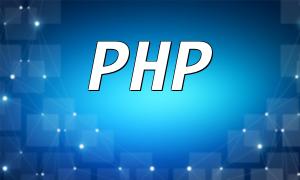When developing web applications, efficient database query handling is crucial. Especially when a web page needs to frequently read from and write to a database, database operations often become the performance bottleneck. To alleviate this, using database caching is an effective way to enhance PHP program execution speed.
Database caching involves storing the results of database queries in memory, so they can be quickly accessed in subsequent requests. By storing query results in cache, we can reduce frequent database reads, thereby improving program response speed and performance.
In PHP, tools like Memcached or Redis can be used to implement database caching. Here’s a basic example using Memcached as a database cache:
First, make sure Memcached is installed and running on your server. Then, in your PHP code, connect to the Memcached server using the Memcached extension:
$memcached = new Memcached();Before executing a database query, first check if the relevant data is already in the cache. If it exists in the cache, retrieve it directly:
$key = 'query_results'; // Cache keyIf the cache does not contain the data, execute the database query and store the results in the cache:
$query = 'SELECT * FROM users';In the example above, the cache time is set to 1 hour (3600 seconds), but you can adjust this based on your specific needs.
When performing write operations (like inserting, updating, or deleting data), make sure to update or remove the corresponding data from the cache to maintain cache accuracy and consistency.
To further reduce the number of database queries, you can also enable the database’s native query caching feature. For instance, MySQL offers a query cache mechanism that caches results during queries, preventing the need to repeat queries with the same SQL statement.
By using database caching technologies effectively, particularly in PHP programs, you can significantly improve application performance. When designing a caching strategy, it’s important to balance the caching benefits with data consistency, based on the specific use case and data update frequency. Leveraging caching technologies like Memcached and Redis can effectively lighten the load on your database and improve the overall performance of your program.









